“Marathon talks” held by Egypt with Palestinian factions in Gaza are set to continue on Friday to broker a deal with Israel that could ease demonstrations on Gaza’s eastern boundary that are about to mark their first anniversary.
Hamas leader Ismail Haniyeh confirmed the talks and some of the group’s demands for an easing of the more than decade-long siege of Gaza in a statement on Friday, saying they have reached a “crossroads”, in a week when his own offices were destroyed by Israel during an escalation in Gaza that was feared could become another war.
The anniversary of the Great March of Return protests is expected to be marked with another mass showing on Saturday, instead of the usual Friday, to coincide with Land Day, which last year saw 19 killed as they launched the protest movement by demanding the right for Palestinian refugees to return to their ancestral homes.
Gaza’s future hangs in the balance as Egypt looks to broker Hamas-Israel truce
Haniyeh said the nature of Saturday’s demonstration would depend on how Israel responds to its demands.
“The Israeli occupation will endure severe consequences in the case that it does not reply positively to the understandings,” Haniyeh’s statement said.
An Egyptian team of intelligence and military officials arrived in Gaza on Wednesday night and immediately started meetings at the office of Yaha Sinwar, the leader of Hamas in Gaza, which were later joined by leaders of the Islamic Jihad and the Popular Front for the Liberation of Palestine (PFLP) factions and ran until early in the morning.
All sides had been keeping a tight lid on the details of the negotiations but Haniyeh’s office said in a statement on Friday that they wanted to “ensure the end of the suffering of our people” by easing the blockade of Gaza, including by ending an electricity crisis that limits the enclave to only a few hours of power a day and creating fishing and employment projects in Gaza.
The Egyptian delegation consists of the chief of the Palestinian file in the Egyptian Intelligence Agency, Major General Ahmad Abdel-Khaliq, Undersecretary of the Egyptian Intelligence Agency General Ahmad Farouq, and Brigadier General Mohammed Tawsin.
Leaked terms
An informed Hamas source told MEE the organisation does not want to speak about the details of a potential deal, because it is not sure how Israel would respond, but outlined some of the main requests made by Hamas.
He confirmed their main terms were an increase in the number of truckloads carrying commodities to Gaza, allowing medical supplies to hospitals, easing restrictions on imports and exports, the entry of some materials currently banned by Israel on the grounds they could be used for weapon-making, an increased fishing zone and the expansion of a UN job creation programme to cover 40,000 workers.
He also confirmed that the Egyptian mediators have told them that Israel’s demand included ending night demonstrations along the eastern boundary between Gaza and Israel, keeping the Friday protests of the Great March of Return peaceful and stopping weekly sea protests near the Israeli Kibbutz Zikim.
‘Destroyed Palestine, destroyed happiness’: Israeli air strikes ruin Palestinian family’s wedding plans
Hamas had scaled back the protests during earlier talks that eventually broke down because of opposition from the West Bank-based rival Palestinian Authority, but since February “Night Disturbance Units” have resumed protests that have frustrated Israel.
Hamas’s initial demands had included an eventual agreement for a port or airport that would connect blockaded Gaza to the outside world, a step which had been hoped could be implemented in the future.
However, a Hamas source told MEE that, during a recent meeting with Hamas leader Ismail Haniyeh, the Egyptian delegation had refused to pass on to the Israelis Palestinian demands regarding a port or airport or a prisoner exchange deal – arguing that the priority was on immediate steps that could ease the siege and avoid an explosion in Gaza.
Hamas spokesman Abdul-Latif al-Qanou told MEE there would be “tangible” results from the ongoing Egyptian mediation.
Palestinian pledge
There appears to be some internal Palestinian agreement on the terms ahead of the 52nd week of Great March of Return protests, with organisers mobilising but appealing to participants to show a high degree of restraint.
In a press conference held on Thursday by National Committee member Khalid al-Batch, part of Islamic Jihad’s political wing, he reiterated the importance of participation in the protests but also echoed a call made by Hamas to ensure the protests were peaceful in order to limit casualties but also implying that the nature of the protests could affect the talks with Israel.
The Gaza Ministry of Health has reported that Israeli forces have killed at least 256 Palestinians and wounded more than 29,000 since the beginning of the protests.
“We want to cut short the way ahead of the Israeli occupation, which always blames the Palestinian resistance groups for the failure of reaching a truce and easing the more than decade-old siege imposed on Gaza,” Batch said in the press conference.
A senior source in a political faction participating in the march committee told MEE that protests would be gradually scaled down and eventually ended should a truce agreement be reached to improve the lives of people in Gaza.
A member of the Democratic Front for the Liberation of Palestine (DFLP) political bureau, Talal Abu Zarifa, told MEE that the active efforts of the Egyptian delegation to obtain a truce come from Cairo’s recognition of the risk that the situation in Gaza could devolve into all-out conflict.
“All options are open for the resistance” should Israel remain uncompromising in Gaza, Abu Zarifa said.
Pointing to the agreement previously brokered by Egypt in November, following an ill-fated Israeli military raid in Gaza that led to a brief but heated escalation of violence, Abu Zarifa blamed Israeli “intransigence and the evasion of obligations” for the breakdown of the tentative truce.
Israeli agreement
Members of the Egyptian intelligence delegation left Gaza early Thursday to meet Israeli officials and discuss the latest updates about their talks with the Palestinian factions. They returned to Gaza in the evening and Haniyeh’s office said on Friday that talks would continue.
“Hamas is ready for all scenarios. The movement will not hesitate to take any action that serves the interests of the Palestinian people and ensures that the Palestinian sacrifices at the Great Return March have not been made in vain,” Haniyeh said.
Israeli news website
Ynet News said on Thursday night that “efforts to restore the calm between Israel and Hamas after several days of fighting appeared to be taking effect.”
The news website referred to remarks made by Israeli Prime Minister Benjamin Netanyahu, who reportedly said Israel would not opt to carry out a military offensive on Gaza.
Already embroiled in a number of corruption scandals, Netanyahu has been embarrassed by night-time demonstrations in Gaza and protesters’ use of incendiary kites and balloons, which burnt down acres of land in southern Israel last summer.
‘This vest should’ve protected him’: Friends mourn Palestinian teen medic killed by Israeli army
Yet despite Netanyahu’s inflammatory rhetoric seeking to highlight his iron-fisted approach against Hamas, Palestinian columnist on Israeli affairs Saleh al-Naami said a military escalation in Gaza would not serve the Israeli leader’s electoral objectives.
Netanyahu, Naami said, has shown extreme caution in Gaza, despite criticism at home for failing to stamp out the Great March of Return.
“Netanyahu understands that Gaza and Hamas have nothing to lose,” Naami said, adding that Hamas and other political and armed factions in Gaza were ready to go all the way in the event of a military escalation, regardless of the Israeli election.
“The resistance in Gaza does not accept to be used as a pawn by candidates in the Israeli elections,” Islamic Jihad spokesman Musab al-Buraim said to MEE. “We will accept no less than easing the siege on the political and humanitarian levels.”
‘Skillful negotiators’
The talks appeared to be in peril earlier this week when a rocket from Gaza hit a home in Tel Aviv. Hamas said the rocket had been fired mistakenly but the result was a series of air strikes by Israel on Gaza as well as a number of rockets being launched by Hamas into neighbouring Israeli areas.
Dr Adnan Abu Amer, professor of political studies at Al-Umma University in Gaza, suggested however that the escalation was part of the negotiations.
“This is one of the tactics used by skilful negotiators,” he told MEE. “Hamas could persuade the Egyptian mediators and Israel that the rockets were launched mistakenly both times but I do not believe so.”
He suggested Hamas had calculated that Israel would try to avoid any escalation in the run-up to parliamentary elections in early April.
“The Palestinian negotiators knew that the Israeli side is approaching two deadlines: Saturday’s one-million-man demonstration and the elections. So they wanted to put heavy pressure on them.”
![Protesters gather to attend "Great March of Return" and "Palestinian Land Day" demonstrations at Israel-Gaza border located in eastern Khan Yunis, Gaza on March 30, 2019 [Ashraf Amra / Anadolu Agency]](https://i2.wp.com/www.middleeastmonitor.com/wp-content/uploads/2019/03/20190330_2_35726712_43110094.jpg?resize=1200%2C800&quality=75&strip=all&ssl=1)
![Protesters gather to attend "Great March of Return" and "Palestinian Land Day" demonstrations at Israel-Gaza border located in eastern Khan Yunis, Gaza on March 30, 2019 [Ashraf Amra / Anadolu Agency]](https://i2.wp.com/www.middleeastmonitor.com/wp-content/uploads/2019/03/20190330_2_35726712_43110094.jpg?resize=1200%2C800&quality=75&strip=all&ssl=1)

 Uprooted Palestinian
Uprooted Palestinian 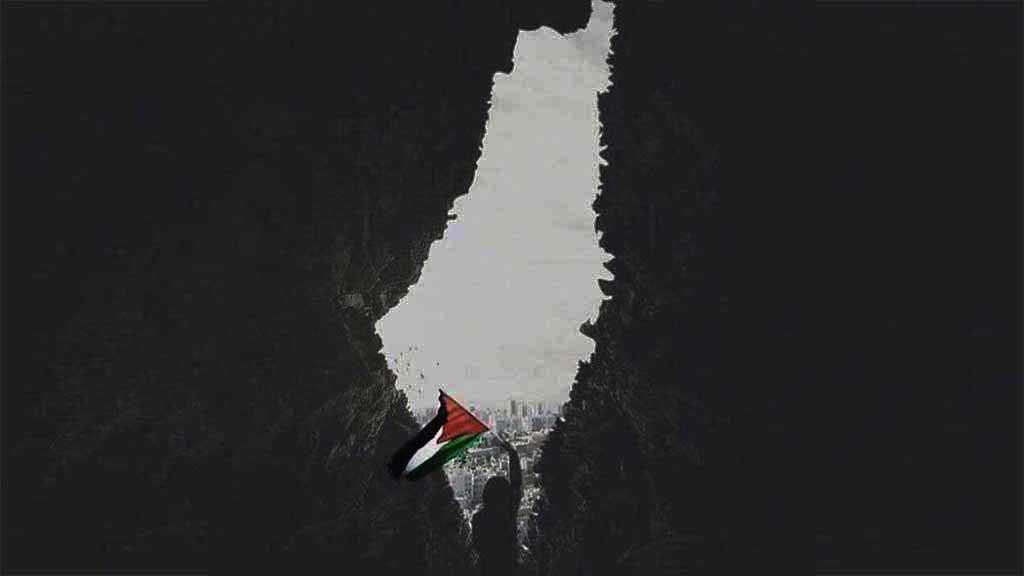
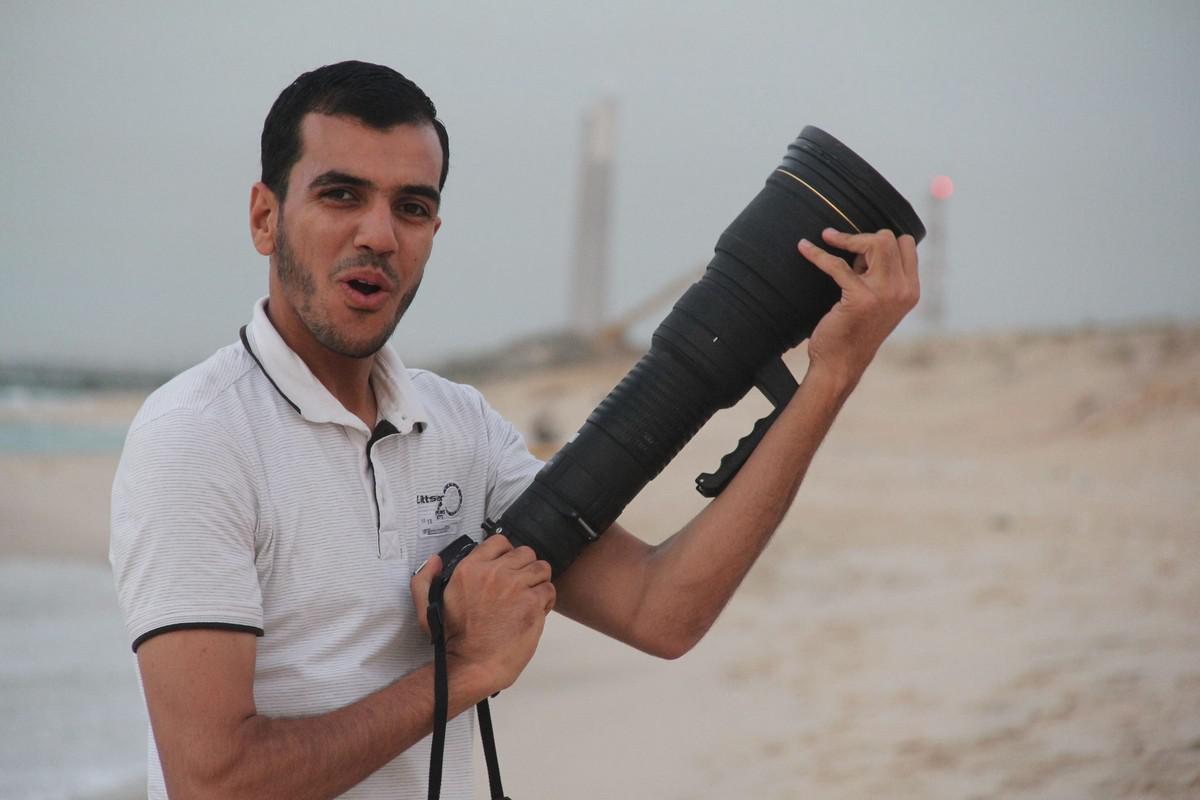
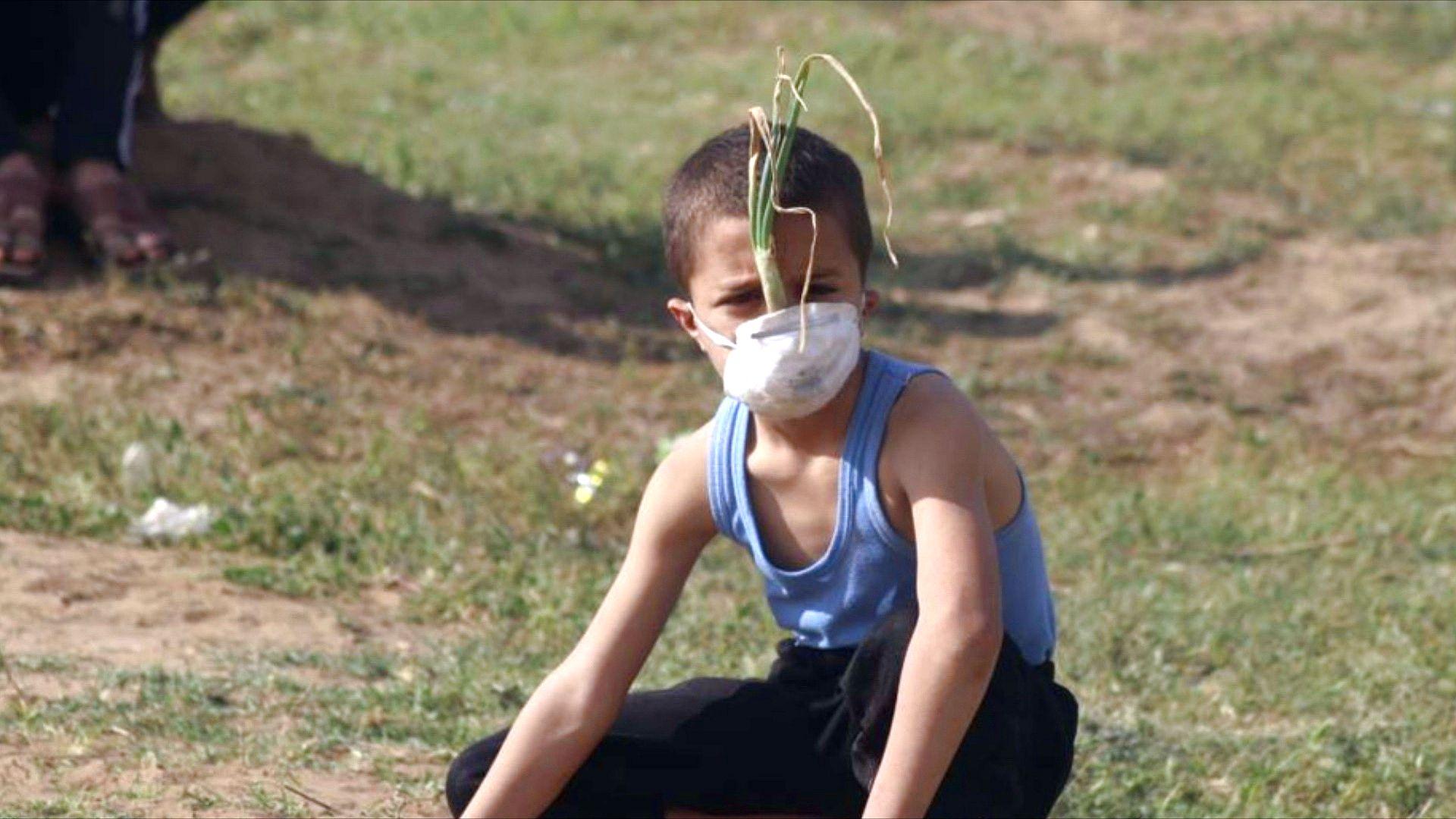
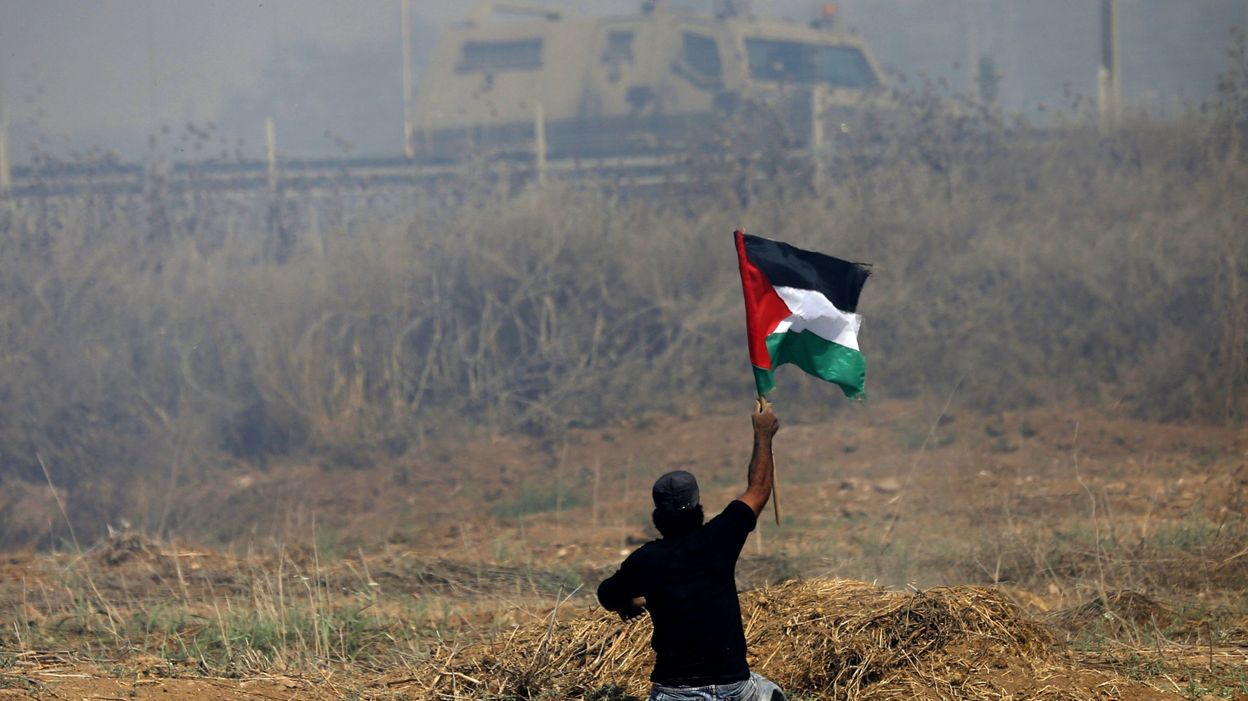
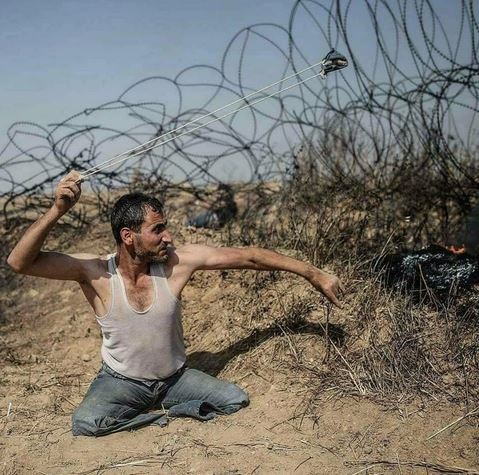

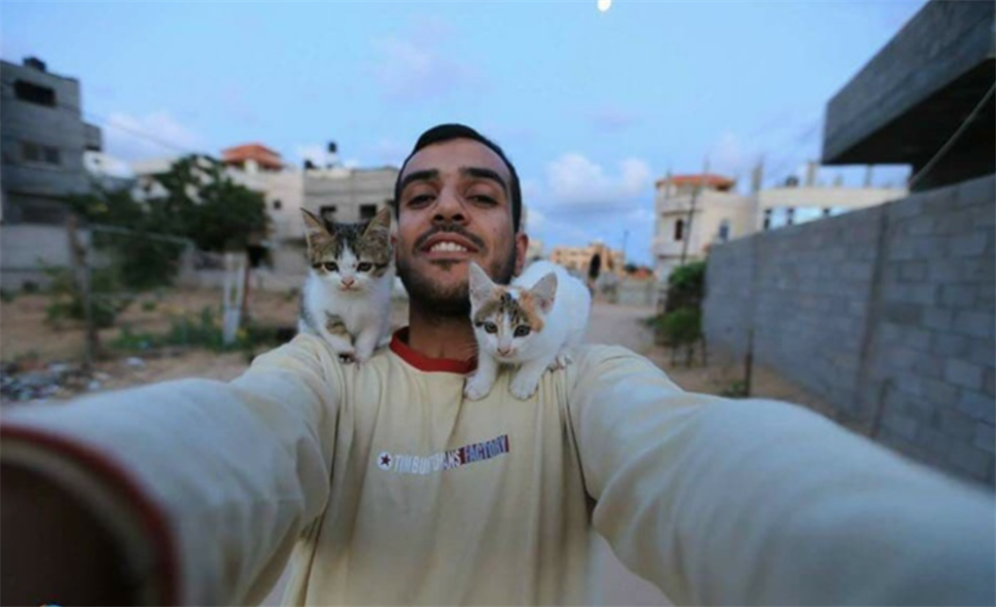

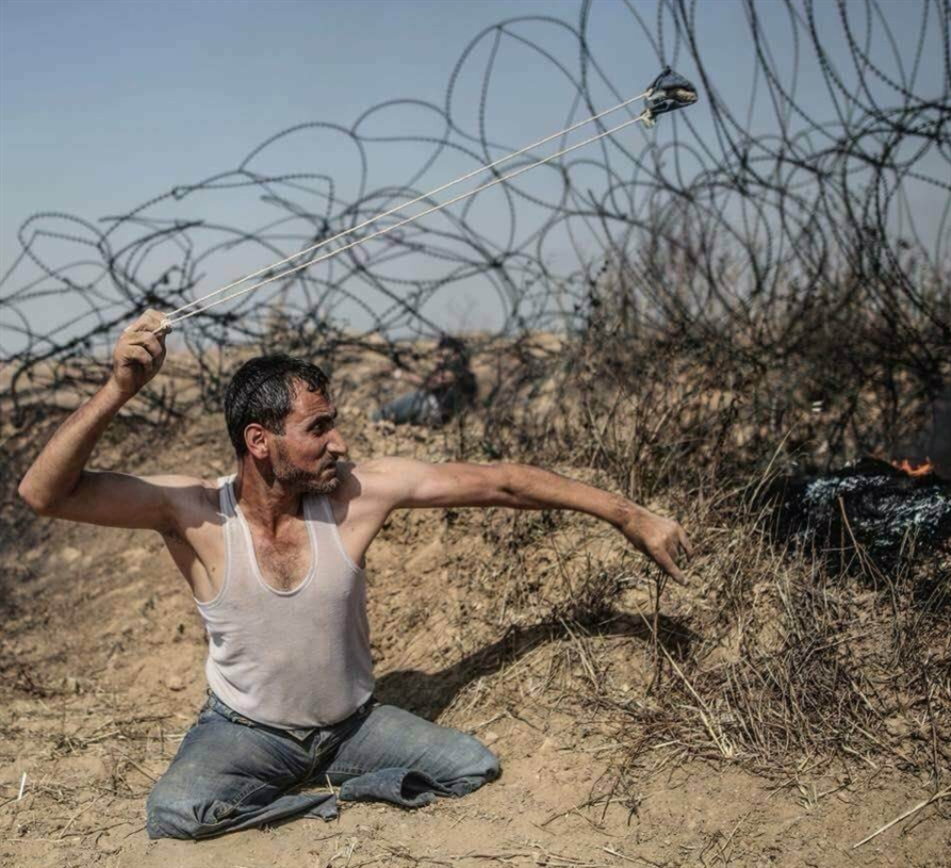
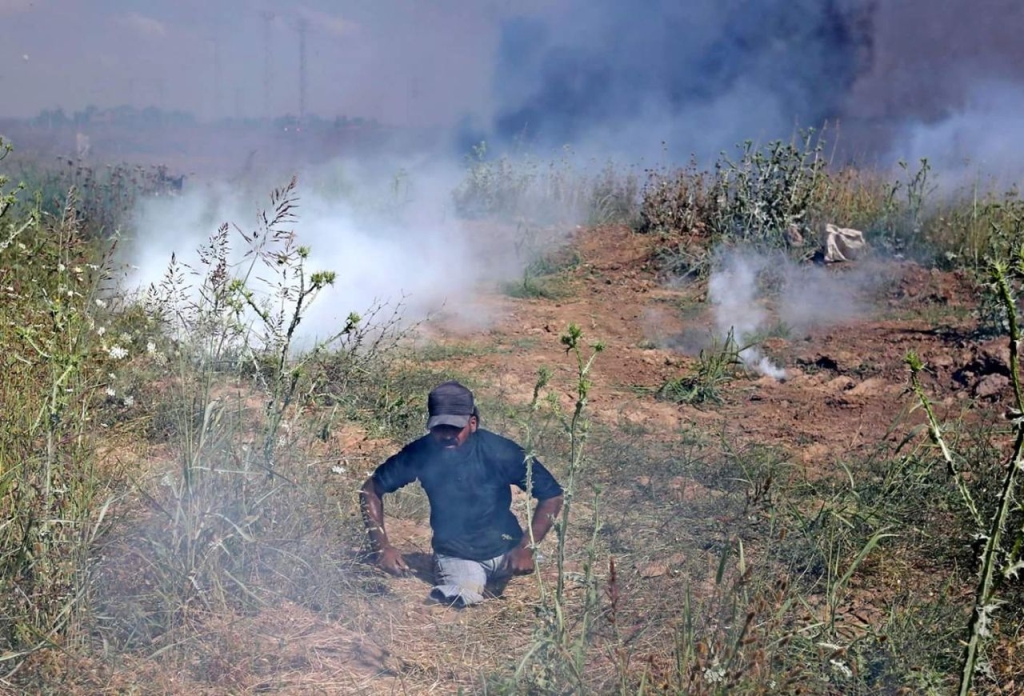


 Uprooted Palestinian
Uprooted Palestinian 
 Uprooted Palestinian
Uprooted Palestinian  Uprooted Palestinian
Uprooted Palestinian